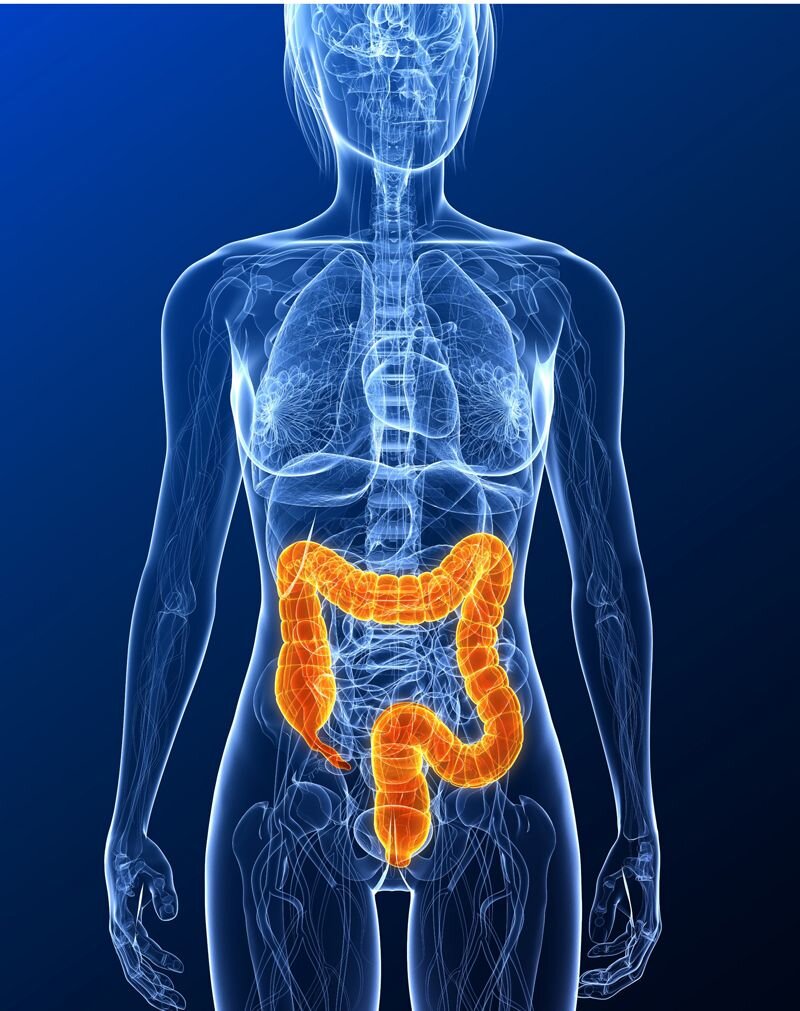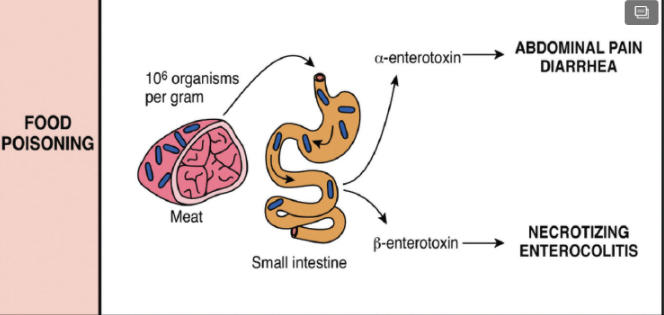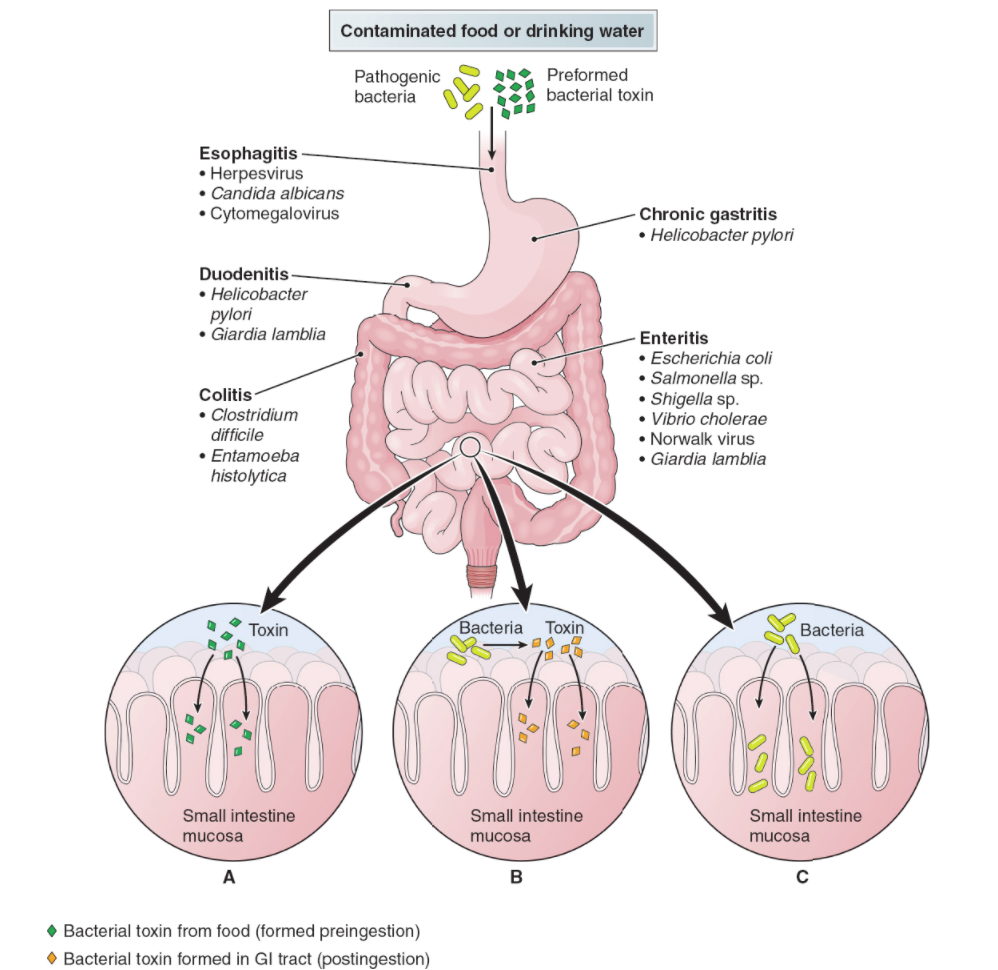In the days before Yom Kippur, the Day of Atonement, the Cohen Gadol (High Priest) had to be sequestrated. The sages of the Talmud learn this requirement from Moses himself.
שקלים ד,א
מֹשֶׁה עָלָה בֶּעָנָן, וְנִתְכַּסָּה בֶּעָנָן, וְנִתְקַדֵּשׁ בֶּעָנָן, כְּדֵי לְקַבֵּל תּוֹרָה לְיִשְׂרָאֵל בִּקְדוּשָּׁה, שֶׁנֶּאֱמַר: ״וַיִּשְׁכּוֹן כְּבוֹד ה׳ עַל הַר סִינַי״
Moses ascended in the cloud, and was covered in the cloud, and was sanctified in the cloud, in order to receive the Torah for the Jewish people in sanctity, as it is stated: “And the glory of the Lord abode upon Mount Sinai and the cloud covered him six days, and He called to Moses on the seventh day from the midst of the cloud” (Exodus 24:16).
This verse was interpreted by Rabbi Yossi HaGelili as refering to a period of six days following the verbal giving of the Ten Commandments, during which time Moses prepared himself to receive the Tablets. He was covered by a cloud and sequestrated. It was in memory of that period that all future High Priests would sequestrate themselves in preparation for Yom Kippur.
While agreeing with this interpretation that Moses was sequestered, Rabbi Natan maintained that this verse is not the origin of the model that those who are to enter into the Holiest of Holies and speak with the Divine must be sequestrated. It was a unique requirement that Moses do so, in order that he undergo a rather awkward medical procedure that today is called colonic purging.
שקלים ד,ב
רַבִּי נָתָן אוֹמֵר: לֹא בָּא הַכָּתוּב אֶלָּא לְמָרֵק אֲכִילָה וּשְׁתִיָּה שֶׁבְּמֵעָיו, לְשׂוּמוֹ כְּמַלְאֲכֵי הַשָּׁרֵת
Rabbi Natan says: the verse comes only to purge the food and drink that was in his intestines, to render him like the ministering angels [who require neither food nor drink].
So today let’s talk about colonic purging.
A Brief history of the “Dangerous” colon
The idea that our bowels are full of dangerous matter that must be evacuated by means other than the body’s own natural rhythm have been around for a long time. The Egyptians believed that a noxious agent associated with feces was the cause of all disease, and purgatives were prescribed to rid the body of them. The ancient Greek Cnidian School of Medicine owed much to the Egyptians, and taught that disease was caused by food residues that were not properly digested. According to Euryphon who was among those who founded that medical school, “when the belly does not discharge the nutrient that has been taken, residues are produced, which then rise to the regions about the head and cause disease.” In their 1989 paper on the history of the concept of intestinal autointoxiation, the authors note that the second century Greek physician Galen extended the concept of putrefaction to involve not only the residues of food, but also those of bile, phlegm, and blood, incorporating them into their humoral theory of disease.
Among the modern contributors to the idea that a normally functioning colon needs our help was a Ukrainian Jewish immunologist named Élie Metchnikoff (1845-1916.) In 1908 Metchikoff won the Nobel Prize in Medicine for his work on innate immunity, and the discovery that some white blood cells could ingest and destroy harmful pathogens. Along with this, Metchikoff believed that the colon was the source of many of our microbial misfortunes. Here, read it for yourself in his 1906 work The Nature of Man: Studies in Optimistic Philosophy.
From here.
But the Nobel Prize winner was not correct. The presence of the large intestine in the human body is not the cause of a series of misfortunes, any more than the presence of the lungs causes pneumonia or the presence of the brain causes strokes.
“Metchnikoff could be considered an outsider throughout his life, due to his Jewish-Russian origins, his nonmedical training and also in his championing of phagocytosis rather than anti-sera as a primary agent of immunity. He had a prodigious memory and command of scientific literature, but could be paternalistic, sharing in several prejudices of his time. He had a volatile temperament and seemed to enjoy entering into polemics to defend his theories in the face of reasonable and unreasonable objections...”
What it colonic purging and how is it done?
Colonic purging is the idea that the bowels in general, and the large bowel - the colon - in particular contain toxins and particulate matter that should be artificially evacuated. Doing so, it is claimed, improves overall health. Here for example is how The International Register of Integrative Colon Hydrotherapists and Trainers (RICTAT, “Setting the standards in colonic hydrotherapy”) explains the purpose of a “colonic:”
1. Cleanse the Colon – Toxic material is broken down so it can no longer harm your body or inhibit assimilation and elimination.Debris that has built up over a long period is gently removed in the process of a series of treatments. Once impacted material is removed, your colon can begin to co-operate as it was intended to. In this very real sense, a colonic is a rejuvenation treatment.
2. It Exercises the Colon Muscles – The build-up of toxic debris weakens the colon and impairs its functioning. The gentle filling and emptying of the colon improves peristaltic (muscular contraction) activity by which the colon naturally moves material.
3. It Reshapes the Colon – When problem conditions exist in the colon, they tend to alter its shape which in turn causes more problems. The gentle action of the water, coupled with the massage techniques of the colon therapist helps to eliminate bulging pockets of waste and narrowed, spastic constrictions finally enabling the colon to resume its natural state.
4. It Stimulates Reflex Points – Every system and organ of the body is connected to the colon by reflex points, colonics stimulates these points, thereby affecting the corresponding body parts in a beneficial way.
Wow. Got all that? So a colonic (in this instance a water colonic) gets rid of toxins and debris, exercises the colon, reshapes the colon (whatever that means) and stimulates “reflex points.” In doing so it improves the health of all the various “corresponding body parts.” Lucky Moses!
Should you wish, you can achieve all the above with what RICTAT calls “a ‘Colonic’, ‘Colonic Lavage’, ‘Colonic Irrigation’ or ‘High Colonic’.” The organization claims that “colonic hydrotherapy is [a] safe, effective method for cleansing the colon of waste material by repeated, gentle flushing with water.”
There are a few ways of achieving this “cleansing.” You can, if you are so inclined, have a water enema: “After the gentle insertion of a small tube into the rectum, you are completely covered. Disposable tubing carries clean water in and waste out in a gravity pressured system. The mess and odour sometimes present during an enema simply do not exist with a colonic.” Good to know. Alternatively you can use herbs, laxatives and “dietary supplements” to get all the bad stuff out of your dangerous and nasty colon. Here are some of the more common oral cleansing preparation ingredients together with their proposed mechanisms of action
From Acosta and Cash. Clinical Effects of Colonic Cleansing for General Health Promotion: A Systematic Review Am J Gastroenterol 2009; 104:2830–2836.
Do colonics work?
In their helpful 2009 review of the messy business (sorry) of colonics, two gastroenterologists from the National Naval Medical Center in Bethesda, Maryland reviewed all the relevant medical articles they could find relevant articles about colonic cleansing that were published between January 1966 and January 2009. They found almost three hundred articles of potential interest, but only seventeen that met their inclusion criteria which were (i) randomization, (ii) concealed allocation, (iii) double blinding, (iv) complete follow-up of patients, and (v) data reporting in an intention-to-treat analysis. Of these seventeen finalists only two were clinical trials. The others were case reports, case series, and review articles. And none were judged to be of high methodological quality. They were unable to identify
…any published articles describing the effects of colonic hydrotherapy or enema therapy on the promotion of general health or well-being in humans. We were also unable to identify any published reports of the effects of orally administered colonic cleansing therapies for the same outcome. We did identify one study evaluating the effects of colonic cleansing on colonic transit time in patients with chronic constipation. No publications that evaluated the effects of colonic cleansing for any of the conditions previously cited such as hypertension, asthma, irritable bowel syndrome, ulcerative colitis, arthritis, alcoholism, or sinus congestion were identified.
Not one. In over forty years, not one paper in the literature! What a shanda. There was, however, one trial that evaluated the addition of colonic hydrotherapy to accepted medical therapy for the treatment of heroin addiction.
The investigators randomized 75 heroin addicts into two groups: one group was treated with combined dihydroetorphine and methadone therapy, whereas the other group received dihydroetorphine and methadone, as well as colon dialysis (hydrotherapy) with Chinese herbal medicine on days 3–8 of treatment. According to the authors, patients who received hydrotherapy had faster resolution of opiate withdrawal symptoms and achieved a higher rate of abstinence than did the group that did not undergo hydrotherapy. But the methodology of this study is unclear as only the abstract is published in English, and the authors based their conclusions regarding the benefit of hydrotherapy on the rate of cutaneous pigmentation changes, a questionable end point for the stated objectives of this trial.
The Dangers of colonic Cleansing
Are there any dangerous to colonic cleansing? You bet. Here are a few of the choice examples, from the same paper.
There have been reports of deaths associated with electrolyte imbalances due to coffee enemas, and there are multiple reports of coffee enema-associated septicemia and colitis.
The risk of rectal perforation from colonic irrigation and enema therapy was documented in several reports. One of these reports consisted of three cases of perforation of the rectum from colonic irrigation administered by alternative medicine practitioners in Australia. Each patient in this case series had undergone colonic irrigation to “cleanse” or “clear out stale feces.” None of the patients had primary colonic or rectal pathology. None of the three patients were warned about the complication of perforation. Importantly, one patient initially denied the use of colonic irrigation, even with direct inquiry, presumably because of embarrassment. Another report involved a perforation suffered after a man administered a retrograde enema with a garden hose directly attached to the water source. The patient who suffered a perforation with the garden hose-administered enema suffered from chronic constipation symptoms, although the methods used also raise questions regarding the psychological status of that individual. All of these cases of perforation required surgical intervention.
In one of the most striking examples of the risks of colonic hydrotherapy, at least 36 cases of amebiasis occurred in individuals who had undergone colonic-irrigation therapy at a chiropractic clinic in Western Colorado from June 1978 through December 1980. In all, 10 of these patients required colectomy and 6 died.
Another peer reviewed paper by by three physicians from the Georgetown University School of Medicine in Washington, DC noted that there have been reported cases of and pelvic abscesses after colonic hydrotherapy, as well as “fatal aeroportia (gas accumulation in the mesenteric veins) with air emboli, rectal perforations, perineal gangrene, acute water intoxication, coffee enema-associated colitis and septicemia.”
“Available scientific evidence does not support the claims on which colon therapy is based. It is known that most digestive processes take place in the small intestine, where nutrients are absorbed into the body. What remains enters the large intestine, where it passes to the rectum for elimination after water and minerals are extracted. Available scientific evidence does not support the premise that toxins accumulate on intestinal walls or that toxicity results from poor elimination of waste from the colon.”
The Torah was not given to angels- nor was the colon
Today we are just finally beginning to understand the importance of leaving the bowel alone, and not upsetting its fragile ecosystem with unnecessary antibiotics or silly colonic enemas. At the same time there is an appreciation that perhaps the gut plays a role in our health to a far greater degree than we once realized. (The ancient Egyptians would have been proud). In a 2019 review, researchers pointed out that the gut microbiome influences all sorts of things, including the central nervous system.
There is much to learn and the field is young, but even at this stage it is clear that the many bacteria, viruses, and fungi in the healthy gut live there in a careful balance. The less we upset that balance, the better. In several places in the Talmud, the rabbis reminded us that “The Torah was not given to angels” (לא ניתנה תורה למלאכי השרת). It might be a good time to remember that the colon was not given to angels either. Unlike angels, we need our colons intact and un-purged. Indeed, our lives depend on it.
From Mishori, R. The dangers of colon cleansing. The Journal of Family Practice. 2011: 60 (8):454-457.









